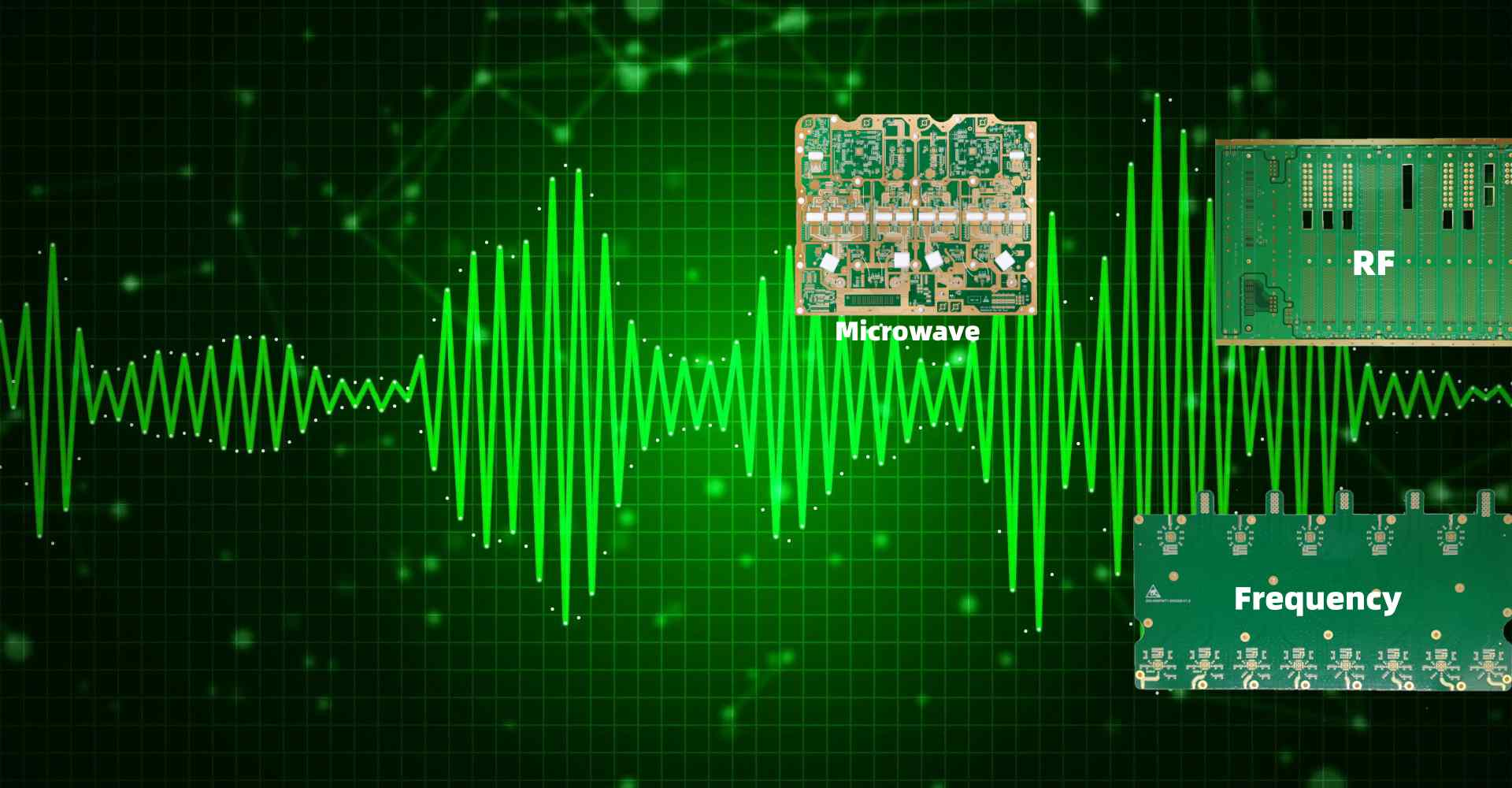Introduction
Rogers PORON® Cadence® cellular urethane is an innovative material that provides excellent impact absorption and durability. It is often used in the midsole of athletic and casual footwear. In this article, we will take a closer look at Rogers PORON Cadence and its key features and benefits.
What is Rogers PORON Cadence?
Rogers PORON Cadence is a type of microcellular urethane foam that is designed to provide lightweight cushioning and support. It was developed by Rogers Corporation, a global leader in engineered materials.
Some key properties of PORON Cadence include:
- Highly resilient foam that retains its shape and bounce
- Excellent shock absorption and impact attenuation
- Lightweight and flexible
- Resistant to extreme temperatures
- Durable and long-lasting
Key Features and Benefits
Here are some of the main benefits that PORON Cadence provides:
Impact Absorption
PORON Cadence excels at dispersing impact forces and providing cushioning. Its microscopic cell structure compresses to absorb shock and then immediately rebounds back to its original shape. This helps reduce stress on joints and muscles.
Durability
The foam retains over 90% of its cushioning properties even after continuous impacts. This makes it highly durable and long-lasting in shoes. It resists breakdown and retains its cushioning properties over time.
Lightweight
PORON Cadence is up to 30% lighter than traditional phylon midsole foams. This helps keep athletic shoes light while still providing sufficient cushioning.
Temperature Resistance
The foam retains its cushioning properties in temperatures from -20°F to 180°F. It will not become hard or lose its cushioning ability in extreme cold or heat.
Flexibility
PORON Cadence compresses easily under pressure but also flexes and bends with the natural movement of the foot. This combination of compression and flexibility provides a smooth, comfortable ride.
Moisture Management
The open-cell structure of the foam allows air to flow through it. This helps keep feet cool and comfortable while also wicking away perspiration.
Applications of Rogers PORON Cadence

Rogers PORON Cadence is commonly used in the midsoles of athletic, sport, and casual shoes. The excellent impact absorption makes it well-suited for running shoes, court shoes, and training shoes that need high-performance cushioning.
It is also used in casual shoes, work boots, and orthopedic footwear to provide all-day comfort.
Some examples of where PORON Cadence is used:
- Running shoe midsoles
- Basketball shoe midsoles
- Tennis shoe midsoles
- Soccer cleats
- Hiking boots
- Work boots
- Orthopedic shoes
- Casual walking shoes
Major athletic footwear brands that use PORON Cadence in their shoes include Nike, Adidas, New Balance, Brooks, Saucony, Asics, and Under Armour.
Rogers PORON Cadence vs Traditional EVA Foam
Rogers PORON Cadence differs from traditional Ethylene Vinyl Acetate (EVA) foam in a few important ways:
| Rogers PORON Cadence | Traditional EVA Foam |
|---|---|
| Microcellular foam with open-cell structure | Closed-cell foam |
| Higher resilience and bounce | Less resilient |
| Excellent impact absorption and cushioning | Moderate impact absorption |
| Retains cushioning properties over time | Breaks down and compacts over time |
| Resists temperature extremes | Loses cushioning in high heat |
| Lightweight | Denser and heavier |
As the table shows, PORON Cadence generally outperforms traditional EVA foam midsoles in terms of resilience, consistent cushioning, impact absorption, and weight. This makes it a popular choice for athletic footwear and other applications requiring advanced cushioning technology.
Frequently Asked Questions
What types of shoes feature PORON Cadence foam?
PORON Cadence is used in the midsoles of running shoes, basketball shoes, tennis shoes, soccer cleats, hiking boots, orthopedic shoes, and other performance athletic footwear. Major brands like Nike, Adidas, and New Balance use it for its exceptional impact absorption and cushioning.
Is PORON Cadence more expensive than traditional EVA foam?
Yes, PORON Cadence is more expensive than basic EVA foam. However, it offers superior performance and durability that can justify the higher cost for sports shoes. The advanced cellular structure and resilience of PORON Cadence gives it long-lasting cushioning that retains its properties over time.
Is PORON Cadence foam environmentally friendly?
Rogers Corporation states that PORON Cadence is compliant with global environmental requirements. During production, steps are taken to reduce VOC emissions, utilize renewable energy, and minimize waste. The foam itself is also recyclable at the end of its usable life.
Can PORON Cadence foam get wet?
Yes, PORON Cadence can get wet without affecting the structure or performance of the foam. The open-cell nature allows it to drain water effectively. However, it’s best to allow shoes to fully air dry after getting them wet to prevent bacterial growth.
Does PORON Cadence foam need to be broken in?
No, there is no real break-in period needed for PORON Cadence foam. Since it is highly resilient, it will feel soft and responsive immediately with no compacting required to break it in. This gives it an instant comfortable feel in new shoes.
Conclusion
Rogers PORON Cadence cellular urethane is an impressive material that offers unparalleled cushioning performance in shoes. Its innovative foam technology provides excellent impact absorption, flexibility, moisture management, and durability. When used in shoe midsoles, PORON Cadence gives a lightweight, responsive, comfortable ride that maintains cushioning properties over time. It’s easy to see why major athletic brands rely on this advanced foam to deliver high-performance footwear.

Leave a Reply